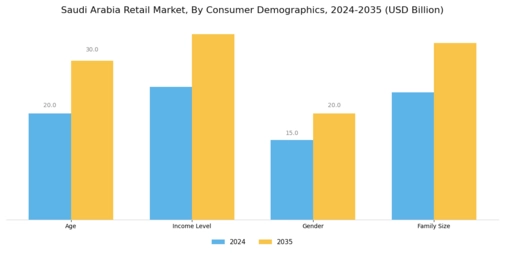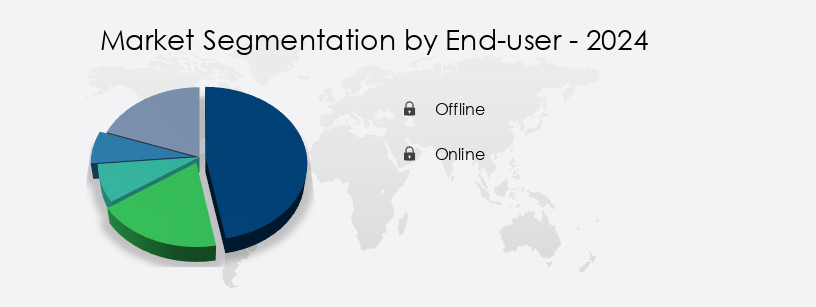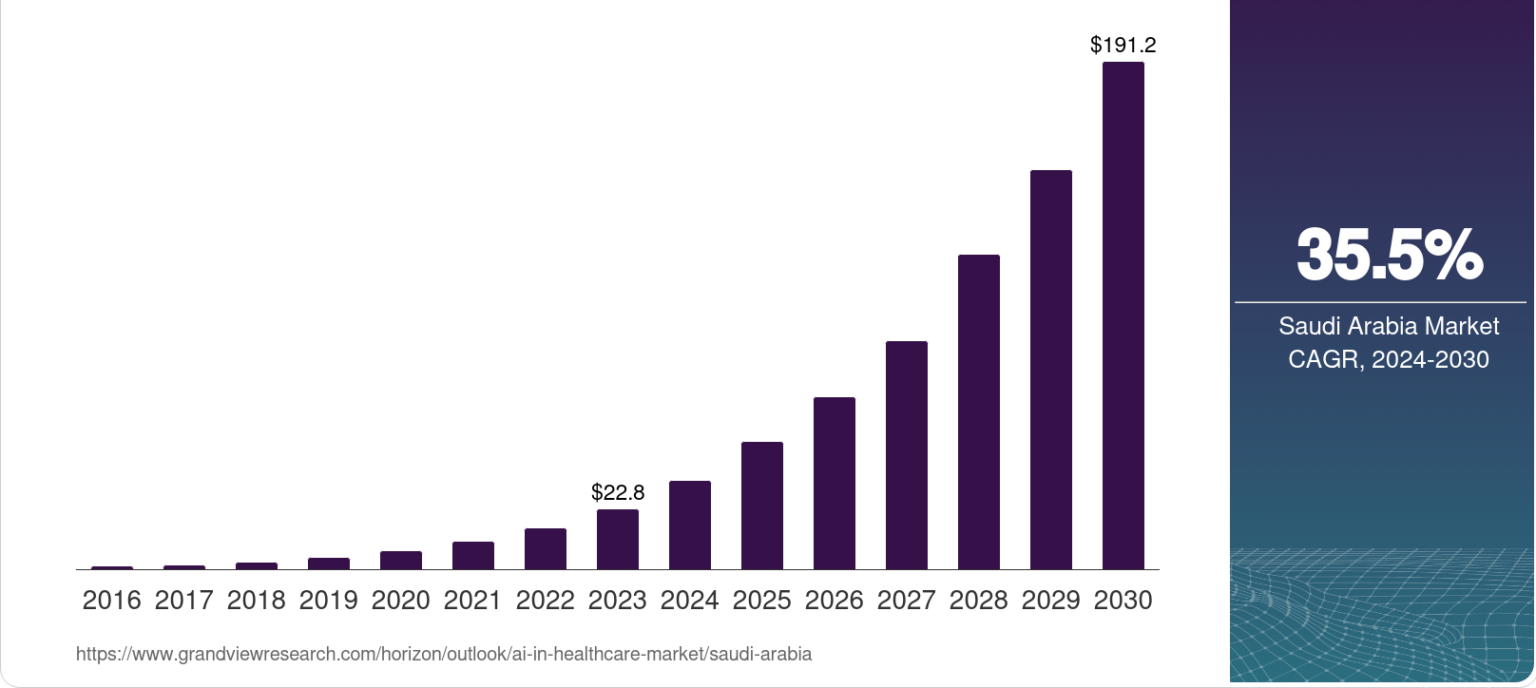The digital transformation sweeping across Saudi Arabia has touched nearly every aspect of life from banking and entertainment to shopping and food delivery. Among the most dynamic sectors benefiting from this evolution is the online grocery market, which has grown from a niche service to a mainstream necessity. As consumers embrace convenience, speed, and digital payment options, the Saudi online grocery market is emerging as a vital pillar in the country’s retail ecosystem. Between 2026 and 2032, this market is expected to expand rapidly, driven by a mix of technological innovation, government initiatives, and changing lifestyles.
Rising Digital Adoption and Changing Consumer Preferences
Over the past decade, Saudi consumers have become increasingly comfortable with online shopping. The Kingdom’s high internet penetration coupled with widespread smartphone use has created an environment ripe for digital commerce. The pandemic years accelerated this transformation, as families turned to online grocery platforms to avoid crowded supermarkets.
Even after normalcy returned, the convenience of doorstep delivery and easy digital payments made online grocery shopping an enduring habit. Today, consumers seek apps and platforms that not only deliver essentials but also provide personalized recommendations, discounts, and flexible delivery options. Younger Saudis, in particular, are leading this shift, valuing convenience and digital efficiency over traditional shopping experiences.
Market Size and Growth Potential
The Saudi Arabian online grocery market has witnessed strong double digit growth annually, positioning itself as one of the most promising e commerce verticals in the region. Analysts predict the market size will continue to expand robustly between 2026 and 2032, potentially reaching multi billion dollar valuations.
The growth trajectory is supported by multiple factors: increasing urbanization, busy lifestyles, and the growing working population that demands time saving solutions. Furthermore, the Saudi Vision 2030 initiative which aims to diversify the economy beyond oil has amplified the digital retail ecosystem, encouraging private and international players to invest heavily in e grocery infrastructure and logistics.

Key Drivers Fueling Market Expansion
Several powerful trends are fueling the online grocery boom in Saudi Arabia.
1. Technological Advancements in Retail Platforms
AI driven algorithms, machine learning, and data analytics are transforming how grocery platforms interact with consumers. Personalized offers, predictive inventory management, and optimized delivery routes are helping online grocers reduce costs while enhancing the customer experience.
2. Government Support and Vision 2030 Initiatives
Saudi Arabia’s Vision 2030 encourages digital entrepreneurship and aims to establish the country as a regional leader in e commerce. The government’s support for digital payments, logistics infrastructure, and foreign investment has made it easier for e grocery startups and multinational companies to operate.
3. Rapid Urbanization and Busy Lifestyles
Urban centers such as Riyadh, Jeddah, and Dammam are witnessing a surge in working class families who value time efficiency. Online grocery delivery provides an ideal solution for professionals juggling demanding schedules.
4. Evolving Payment Ecosystem
The rise of secure and seamless payment systems, including digital wallets and contactless payment solutions, has boosted consumer confidence in online shopping. Platforms offering cashless options have gained significant traction, aligning with Saudi Arabia’s push toward a cashless economy.
5. Enhanced Logistics and Same Day Delivery
Investments in cold chain logistics, fulfillment centers, and last mile delivery networks have made it possible to deliver groceries fresh and on time. Many platforms now offer same day or even one hour deliveries in urban areas, enhancing consumer satisfaction.
Competitive Landscape
The competitive environment in Saudi Arabia’s online grocery market is vibrant and evolving. A mix of local startups, established retailers, and international players are competing for market dominance. Companies such as Nana Direct, HungerStation, Jahez, and Carrefour Online have carved strong positions, each emphasizing user experience, delivery speed, and reliability.
Local startups often focus on niche markets like organic produce, halal certified items, or luxury food products, while larger platforms leverage economies of scale to offer broad assortments and attractive pricing. Additionally, partnerships between supermarkets and tech companies have become common, bridging traditional retail with modern digital convenience.
The key differentiators among competitors are app usability, delivery reliability, pricing strategies, and customer engagement. Loyalty programs, personalized offers, and AI based recommendation systems are emerging as decisive tools for customer retention.
Consumer Behavior and Demographics
Understanding Saudi consumer behavior is central to predicting future market trends. The modern Saudi shopper is tech savvy, informed, and increasingly health conscious. Urban millennials and Gen Z consumers are driving the shift toward digital grocery purchases, preferring to spend more on convenience and quality.
Moreover, the cultural and social landscape of Saudi Arabia, where families often buy groceries in bulk, has shaped the structure of online grocery platforms. Many companies now offer subscription based models and bulk purchase discounts, catering to family oriented consumption patterns.
Consumers also expect transparency in product sourcing, freshness, and sustainability. As a result, brands highlighting organic, locally sourced, or eco friendly products are gaining traction in the market.

The Role of Logistics and Supply Chain Innovation
One of the major challenges for e grocery players has been ensuring the freshness and timely delivery of perishable goods. To address this, companies have heavily invested in cold storage facilities, AI driven inventory systems, and automated fulfillment centers.
Smart logistics technologies now allow platforms to predict demand by region and season, ensuring optimal stock levels. Real time tracking systems, route optimization software, and partnerships with logistics companies have streamlined the process from warehouse to doorstep.
Moreover, hyperlocal delivery models are becoming popular. By strategically placing micro fulfillment centers near residential zones, companies can guarantee ultra fast deliveries and reduce delivery costs.
Technological Innovations Shaping the Future
Technology continues to redefine Saudi Arabia’s e grocery industry. Artificial intelligence, augmented reality, and data analytics are at the forefront of this transformation. Consumers can now use AR features to visualize products, while AI algorithms personalize shopping carts based on previous purchases and dietary preferences.
Voice assisted shopping and chatbot based customer support are improving user engagement and satisfaction. Additionally, blockchain technology is being explored to enhance transparency in food sourcing and traceability, ensuring customers can verify the origin and quality of their groceries.
The Rise of Sustainable and Ethical Shopping
A notable trend shaping Saudi Arabia’s online grocery market is the rise of eco conscious consumption. Consumers are increasingly aware of environmental issues, leading many to prefer retailers that prioritize sustainability. This has encouraged companies to adopt eco friendly packaging, electric delivery vehicles, and local sourcing strategies to reduce carbon footprints.
Brands promoting sustainable products and zero waste initiatives are expected to see growing support, particularly among younger generations who align their purchasing habits with social responsibility.
Challenges and Market Constraints
Despite rapid growth, the market faces certain challenges. Delivery costs in less urbanized regions remain high due to limited infrastructure. Additionally, maintaining cold chain logistics for perishable goods can be costly, especially in Saudi Arabia’s hot climate.
Another barrier is consumer trust and quality assurance. Some shoppers still prefer visiting physical stores to personally inspect products, particularly fresh produce. Overcoming this mindset requires consistent quality control, reliable refund policies, and transparent communication from retailers.
Moreover, competition is intense, and profitability margins can be thin due to aggressive pricing and promotional campaigns. Companies must balance growth with operational efficiency to ensure long term sustainability.
Future Opportunities and Forecast (2026 to 2032)
Looking ahead, the Saudi online grocery market is poised for remarkable expansion between 2026 and 2032. The convergence of technological innovation, consumer adaptation, and supportive policy frameworks creates a fertile environment for exponential growth.
Industry analysts anticipate a compound annual growth rate (CAGR) in double digits, with online grocery sales contributing a growing share of the Kingdom’s total retail revenue. Tier two and tier three cities are expected to become new growth hubs as digital infrastructure expands nationwide.
Moreover, AI powered analytics, autonomous delivery solutions, and robotic fulfillment centers will redefine operational efficiency, enabling faster and more cost effective delivery systems. Subscription based grocery models and smart kitchen integrations, where home devices automatically reorder groceries, are likely to become mainstream.
Partnerships between retailers, logistics providers, and fintech companies will continue to evolve, enhancing the payment ecosystem and enabling flexible options such as buy now, pay later.
The Road Ahead: A Digitally Nourished Future
As Saudi Arabia strides toward a digitally driven future, its online grocery market represents far more than just convenience it symbolizes innovation, modernization, and sustainability. The rapid evolution of consumer habits, combined with the nation’s visionary economic diversification plans, is transforming how Saudis purchase their daily essentials.
From bustling metropolises to emerging towns, online grocery platforms are becoming an integral part of daily life. What began as a pandemic era necessity has evolved into a lifestyle preference powered by technology and trust. The years between 2026 and 2032 will likely mark a defining period for this sector, as Saudi Arabia cements its position as one of the most digitally progressive retail markets in the Middle East.
Ultimately, the Kingdom’s online grocery industry is not just growing, it is thriving, adapting, and reshaping the very fabric of retail consumption. It stands as a powerful example of how digital transformation, when aligned with national vision and consumer empowerment, can create a future that is both convenient and sustainable.
Do follow Gulf Magazine on Instagram.
Also Read – Qatar Chamber Leads Regional Growth at MENA OECD Business Advisory Meeting in Dubai



